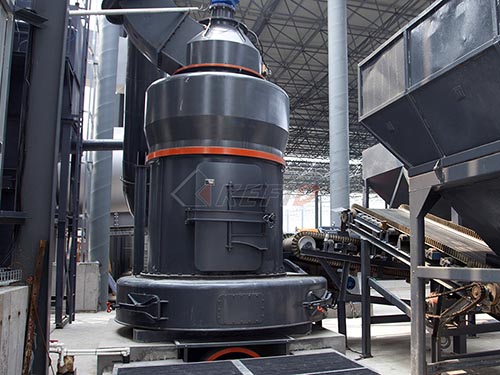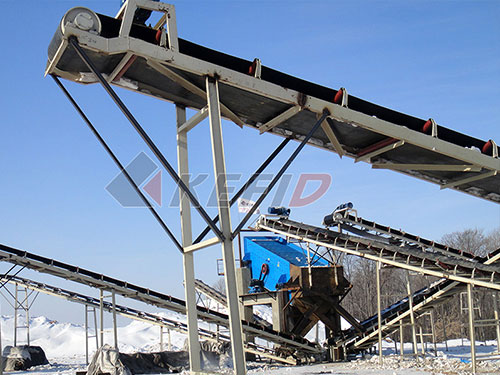Demystifying the Mechanism: How Quarry Crusher Machines Transform Rock
Within the demanding environment of a quarry, where mountains of raw rock are transformed into essential aggregates for construction and infrastructure, crusher machines stand as the indispensable workhorses. Understanding their core mechanisms is fundamental to appreciating their efficiency and selecting the right equipment for the job. This article delves into the fundamental principles governing how quarry crushers break down massive rocks into precisely sized fragments.
The Core Principle: Applying Force to Fracture
At its heart, every quarry crusher operates on a simple physical principle: applying sufficient force to overcome the natural compressive strength of rock, causing it to fracture along inherent weaknesses or planes of cleavage. The key lies in how this force is applied – this defines the crushing mechanism and distinguishes different crusher types.
Primary Crushing Mechanisms: Tackling the Raw Feed
1. Jaw Crushers (Compression):

Mechanism: Two vertical jaws form a V-shaped crushing chamber. One jaw is stationary (fixed jaw), while the other (swing jaw) moves eccentrically back and forth.
Action: Rock fed into the top of the chamber is crushed progressively as it moves downwards.
Force Application: The moving jaw exerts tremendous compressive force against the fixed jaw at specific points in its stroke cycle (“nipping” action), squeezing and breaking the rock particles trapped between them.
Output: Produces relatively coarse aggregate suitable for further processing or direct use as primary fill/base material.
2. Gyratory Crushers (Compression):
Mechanism: Features a conical head (mantle) gyrating eccentrically within a larger stationary conical bowl liner.
Action: Rock enters at the top apex of the chamber.
Force Application: As the mantle gyrates (precesses), it periodically approaches and recedes from sections of the bowl liner throughout its cycle. Rock particles are crushed when caught between these converging surfaces via powerful compressive forces.

Output: Similar coarse output to jaw crushers but often capable of handling larger feed sizes at higher capacities due to continuous action around most of its circumference.
Secondary/Tertiary Crushing Mechanisms: Refining Size & Shape
3. Cone Crushers (Compression):
Mechanism: Shares similarities with gyratory crushers but typically has a steeper

Leave a Reply